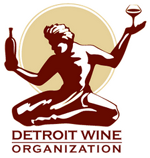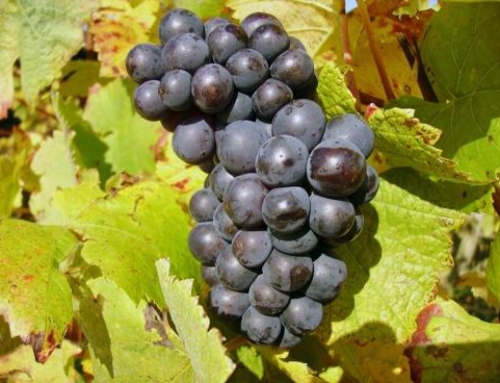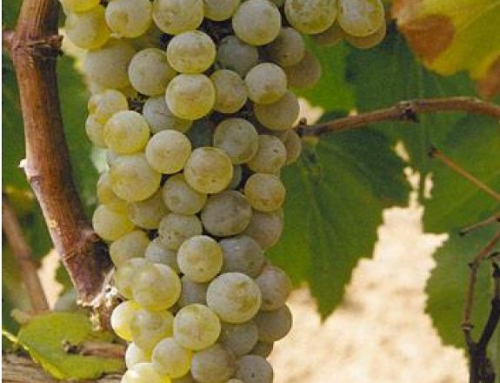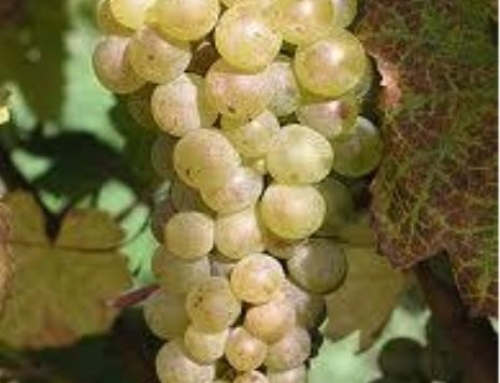Thinking back to elementary school history lessons, you probably recall America being referred to as “The New World”. If you visit Europe or Asia and see the centuries-old tombs, cathedrals and monuments, you can almost understand that description. We are, in many ways, the new kids on the block. It’s no different in the wine world. Europe has spent thousands of years perfecting the art of wine making. So when places like Chile, Australia and the United States began their efforts at making wine, they were dubbed the “New World” of winemakers. Europe then began to be referred to as the “Old World”. This is more than just a convenient way for Europeans to emphasize that they’ve been doing this longer than anyone else – it’s a tool used by wine experts the world over to help distinguish and make generalizations about wine styles.
You may have heard the terms “Old World” and “New World” referred to with a level of derision. That’s because using the terms to distinguish the character of a wine is a generalization – it leaves out the layers and complexity that make wine so much fun to explore. But, let’s face it, when you’re examining the wine list on a first date or a special occasion with your in-laws – all you really care about is choosing something that will taste good and pair well with whatever you’re eating. Complexities can be explored later.
Old World wines – including those from France, Italy, Spain, Germany, Hungary, Austria and Switzerland (as well as wines not commonly found here in the U.S. such as those from Bulgaria, Romania and Russia) – tend to be subtler, more refined and understated. New World wines – including those from the U.S., Australia, Chile, New Zealand and South Africa – tend to be bolder and more intense. This stems from both the climate and the tradition and style of wine making.
The climate in the Old World growing regions tends to be temperate – ranging from cool to moderate temperatures, so flavors are subtle and soft. New World grapes are often grown in warmer, sunnier spots, leading to more intense fruit flavors. But equally important is the fact that Europeans have been making wines for thousands of years and all the important growing and crafting decisions were made and codified by the great-great-grandparents of today’s winemakers. New World winemakers, by contrast, are pretty much making it up as they go – deciding where to plant, when to harvest, and how to blend without the benefit of centuries of tradition and codification… and that impacts the wine considerably. (Rest assured I’m not implying one is better than the other – merely different and suitable for different purposes and occasions.)
So, while knowing if a wine is Old or New World won’t tell you exactly what you’re going to get from the wine – it can be a good indication of the style and intensity of the wine and its flavors. Check out the Flavor Map from Course 3 and you’ll have an idea of which fruits you might taste, as well.
Tidbits to Amaze and Delight Your Friends
Old World wines are much more tied to the growing region than New World wines – hence the reason most are named after the region rather than grape. Winemaking in Europe is seen as more art than science and intervention in the winemaking process is avoided as much as possible. The quality of a wine is so linked to a regional name that, beginning in the 1930’s, major Old World countries wrote minimum standards for each important growing region into something called “appellation laws”. (An appellation is a place name that has a wine style associated with it.) They wanted to stop vintners who didn’t uphold the style and tradition of the region from using the famous regional wine names. The idea is that what gets bottled with a particular wine appellation name meets the standards of that appellation.





Leave A Comment